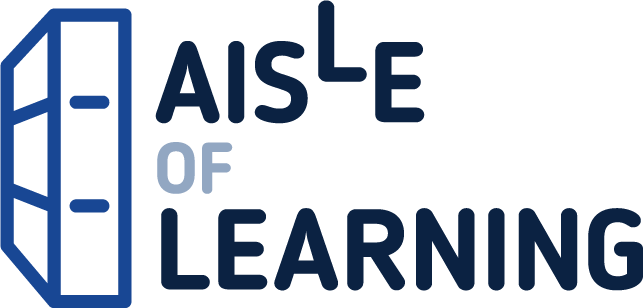Learning Python for Scientific Computing: Master Python Libraries like NumPy, SciPy, and Pandas for Scientific Analysis Unlock the power of Python for scientific computing with Learning Python for Scientific Computing. This comprehensive guide is designed for researchers, data scientists, and engineers who want to leverage Python’s extensive libraries to analyze, model, and solve complex scientific problems. Whether you’re a beginner or an experienced programmer, this book provides step-by-step tutorials, practical examples, and real-world applications to help you master Python for scientific analysis. From data manipulation to numerical simulations, Learning Python for Scientific Computing equips you with the tools and techniques to streamline your workflows and extract meaningful insights from your data. What You’ll Learn: Python Essentials for Scientific Computing: Understand Python basics, including data types, loops, functions, and object-oriented programming. NumPy Mastery: Harness the power of NumPy for efficient numerical computations, array operations, and linear algebra. SciPy for Advanced Analysis: Perform scientific and engineering computations using SciPy’s powerful modules for optimization, integration, and interpolation. Data Manipulation with Pandas: Organize, clean, and analyze structured data with Pandas’ DataFrames and Series. Data Visualization: Create meaningful plots and visualizations using Matplotlib and Seaborn to present your results effectively. Symbolic Computing with SymPy: Perform symbolic mathematics and algebraic computations directly in Python. Numerical Methods: Solve differential equations, perform Fourier transforms, and model complex systems using Python libraries. File Handling and I/O Operations: Learn to import, process, and export data in various formats such as CSV, Excel, and HDF5. Optimization and Simulation: Use Python for optimization tasks and simulate scientific phenomena. Scientific Applications: Explore real-world use cases in physics, chemistry, biology, and engineering. Big Data Analysis: Analyze and manage large datasets efficiently with Python’s scalable tools. Python in Machine Learning: Apply Python libraries like scikit-learn to implement basic machine learning models for scientific research. Performance Optimization: Optimize your Python code for faster execution with techniques like vectorization and parallel computing. Version Control and Collaboration: Utilize Git and Jupyter Notebooks to manage projects and collaborate with other researchers. Who Is This Book For? This book is ideal for students, researchers, data analysts, and professionals in scientific fields who want to harness Python’s capabilities to solve real-world problems and conduct impactful research. Why Choose This Book? By combining clear explanations with practical examples, Learning Python for Scientific Computing bridges the gap between programming and scientific research. You’ll gain the skills to use Python as a versatile tool for data analysis, simulations, and advanced scientific computing. Start your journey into Python-powered scientific computing today withLearning Python for Scientific Computing: Master Python Libraries like NumPy, SciPy, and Pandas for Scientific Analysis–your ultimate guide to Python in the scientific domain.
LEARNING PYTHON FOR SCIENTIFIC COMPUTING: Master Python Libraries like NumPy, SciPy, and Pandas for Scientific Analysis
$29.99
This book provides comprehensive instruction on using the Python programming language for scientific analysis and data manipulation.







Reviews
There are no reviews yet.